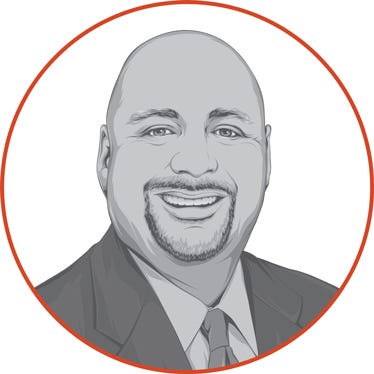
When I’m figuring my crop break evens, how should I handle equipment? Right now, I’m adding in an estimate of the spending I’ll be doing on repairs and payments. — D.S., Nebraska
Great question to ask. Typically, as farmers figure their break evens, our advisers have found the farmers’ estimates in past years tend to be on the low side. This means some costs likely aren’t being accounted for. One of them is how to account for usage of equipment.
Other categories our advisers often see not being accounted for include other asset replacement costs, long-term planning, family living expenses and debt servicing. To get an accurate breakeven, take stock of the costs you’re currently including — and what you need to start adding.
Considering your question, you’re going to be using your equipment each year. Perhaps in a given year, you won’t be buying a new piece of equipment. Or maybe you already have all your equipment paid for, so you don’t have a loan. In those cases, you’re not actually writing a check or paying any money out for equipment that year.
However, when you use your equipment for an entire year, you’re using up its value. When you continue to do that for five to 10 years or more, you suddenly have a potential major purchase to make.
That’s not fair to the particular crop year when you actually end up making that equipment purchase. To account for the usage of equipment in the farmer’s break evens, our advisers take the value of the farmer’s equipment line and attribute a non-cash cost to each crop year, taking a tenth of the full equipment line value and adding it to the breakeven calculation.
Doing this allows farm leaders to ensure they’re paying themselves for the use of equipment and incorporating it into their breakeven costs. Including equipment usage helps make for a more accurate, reliable breakeven calculation that a farmer can feel confident about when making business decisions in the crop year.
Frye is president and CEO of Water Street Solutions. [email protected]
About the Author(s)
You May Also Like






